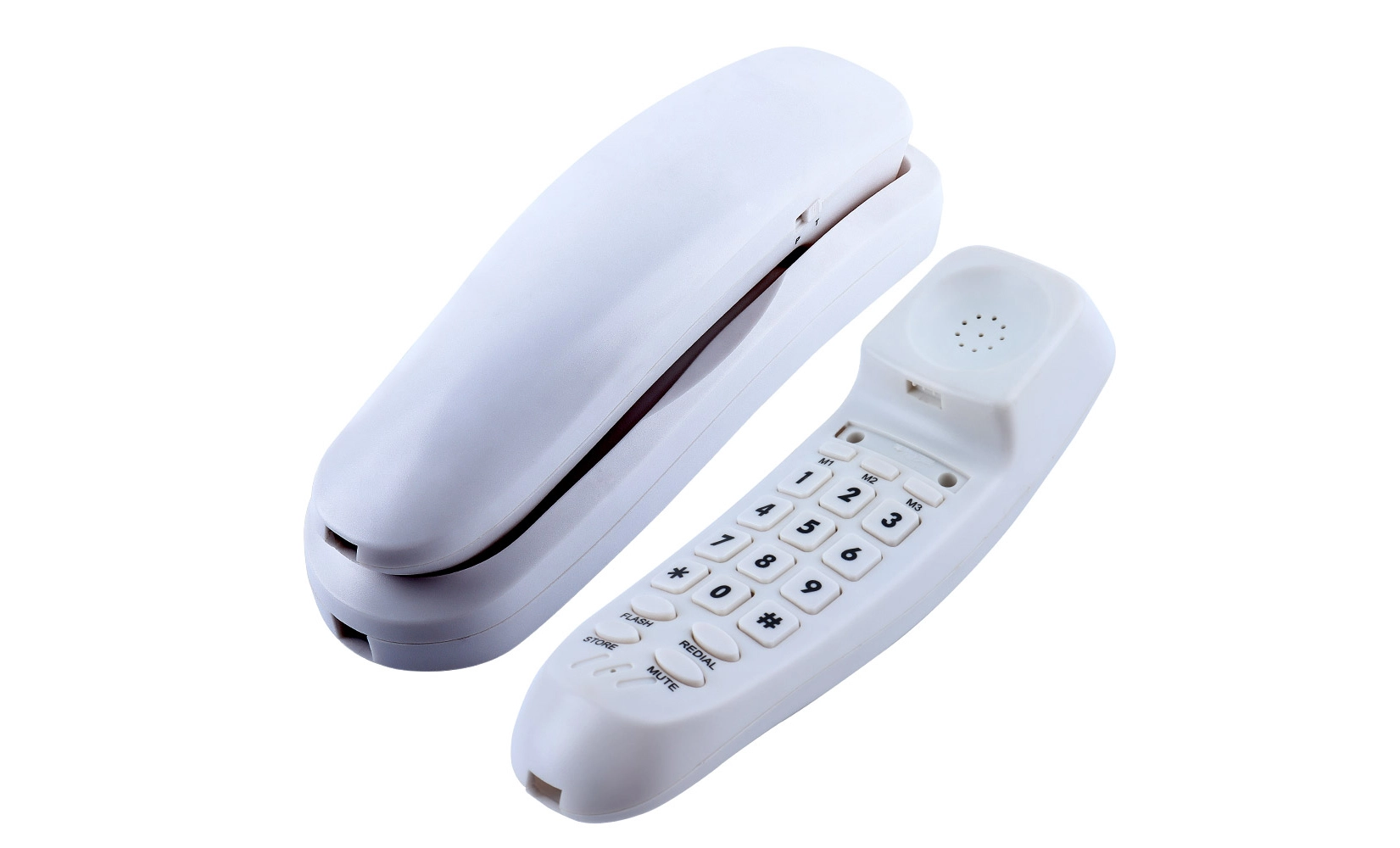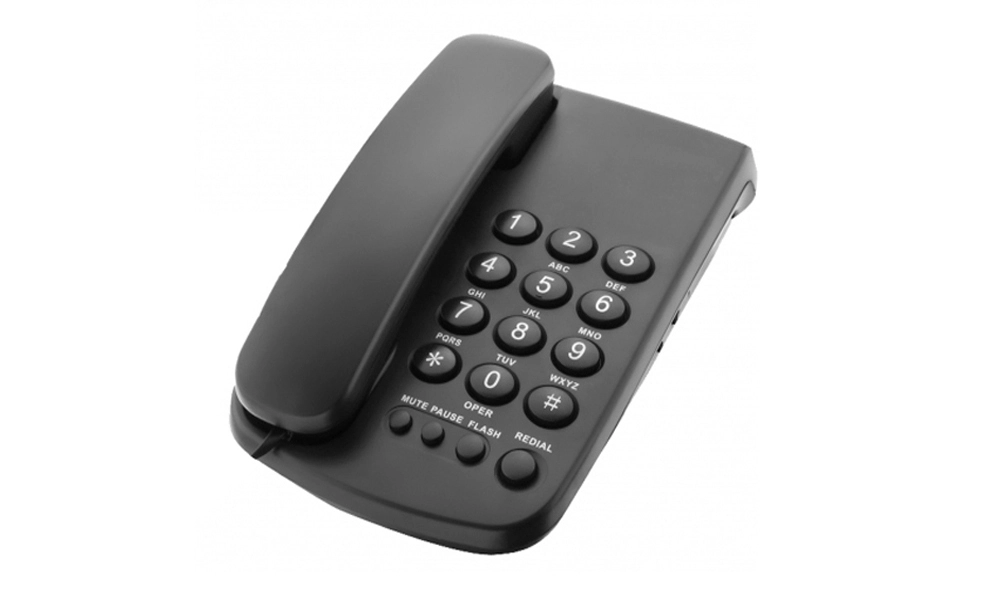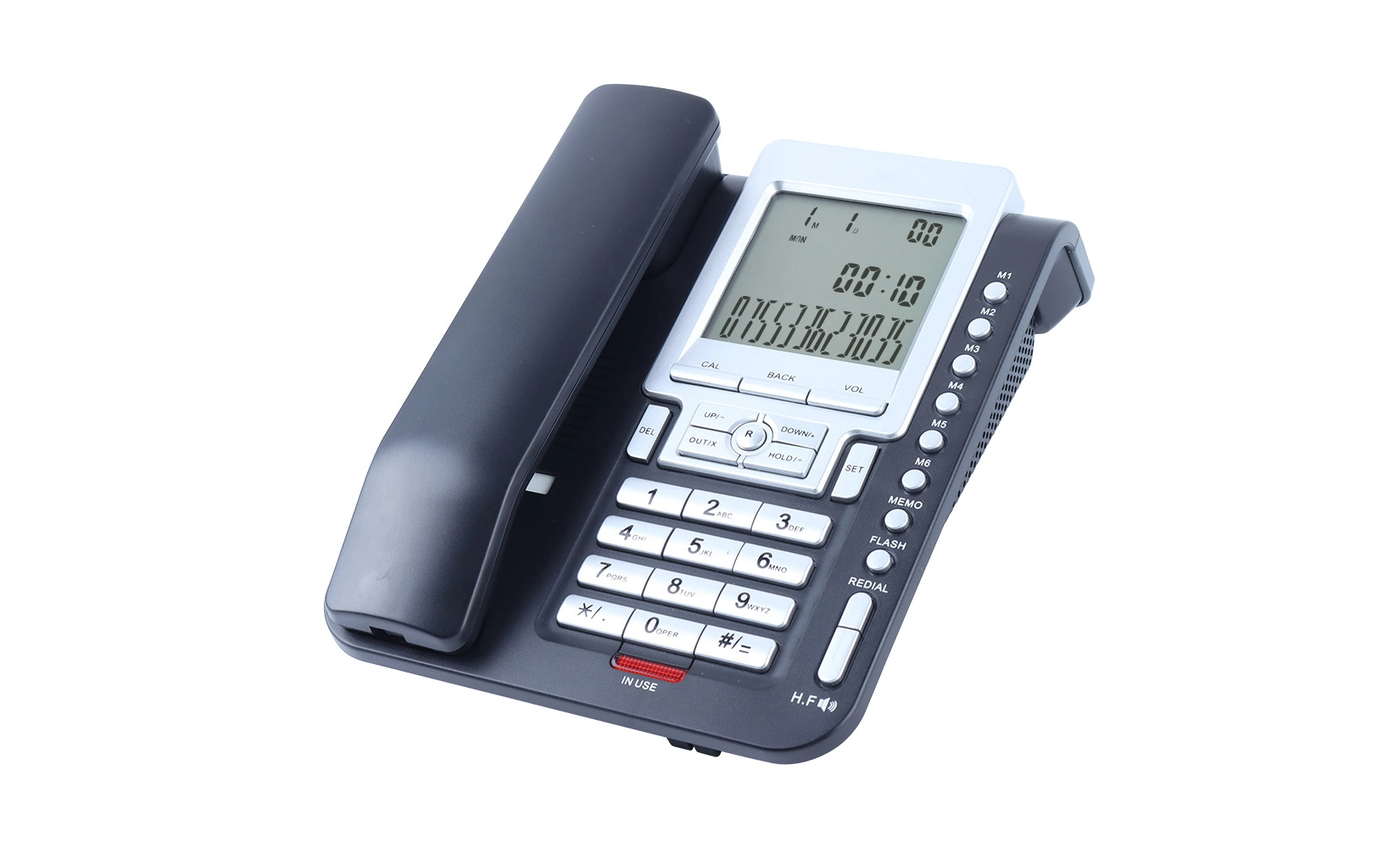Essential Maintenance Practices for Public Wall Phones
Regular Cleaning and Sanitization
Public wall phones are exposed to constant use and environmental factors, making regular cleaning and sanitization crucial. Begin by unplugging the phone to ensure safety during the cleaning process. Use a soft, lint-free cloth dampened with a mild soap solution to wipe down the entire phone, including the handset, keypad, and housing. Pay special attention to high-touch areas like the receiver and buttons. For stubborn grime, a gentle scrub brush can be employed, but avoid abrasive materials that could scratch the surface.
After cleaning, disinfect the phone using an appropriate sanitizer that won't damage the equipment. Isopropyl alcohol wipes are often effective for this purpose. Ensure all surfaces are thoroughly dried before reconnecting the phone to prevent moisture-related issues. This cleaning routine should be performed at least weekly, or more frequently in high-traffic areas or during flu seasons.
Inspection of Critical Components
Regular inspections are vital to identify potential issues before they escalate. Start by examining the phone cord for any signs of wear, fraying, or damage. Check the connection points to ensure they're secure and free from corrosion. Inspect the handset cradle for proper functionality, ensuring it triggers the hook switch correctly when the handset is placed or removed.
Examine the keypad for sticking buttons or signs of wear. Test each button to confirm it registers input correctly. Look for any cracks or damage to the phone's housing that could compromise its integrity or allow moisture ingress. If the phone has a coin mechanism, verify its operation by testing with various denominations. Lastly, check any informational signage or instructions attached to the phone to ensure they're legible and up-to-date.
Functional Testing and Audio Quality Assessment
Performing functional tests is crucial to ensure the public wall phone operates as intended. Begin by lifting the handset and listening for a clear dial tone. If the tone is weak or absent, it could indicate line problems or internal issues that require further investigation. Make a test call to verify the phone can successfully connect and that the audio quality is clear on both ends of the conversation.
For phones with coin mechanisms, conduct a series of test calls using different coin denominations to ensure proper credit is applied and calls are connected. Check that the coin return mechanism functions correctly and that any display screens accurately show call duration and costs. If the phone is equipped with volume controls, test these to confirm they adjust the audio levels appropriately. Pay attention to any unusual noises, static, or echoes that could indicate problems with the handset or internal components.
Advanced Servicing Techniques for Public Wall Phones
Troubleshooting Common Issues
When servicing public wall phones, technicians often encounter a range of common issues that require systematic troubleshooting. One frequent problem is a lack of dial tone, which can be caused by loose connections, damaged cords, or issues with the phone line itself. To address this, start by checking all physical connections, including the line cord and any junction boxes. If the connections appear sound, use a line tester to verify if the problem lies with the phone or the incoming line.
Another common issue is malfunctioning keypads. This can manifest as unresponsive buttons or ghost dialing. In such cases, disassemble the keypad carefully and clean the contacts using electronic contact cleaner. If cleaning doesn't resolve the issue, the keypad assembly may need replacement. For coin-operated phones, jamming of the coin mechanism is a frequent problem. Carefully disassemble the mechanism, remove any debris or stuck coins, and lubricate moving parts with a suitable dry lubricant to prevent future jams.
Replacing and Upgrading Components
As public wall phones age or face heavy use, certain components may require replacement or upgrading. The handset cord is one of the most frequently replaced parts due to wear and tear. When replacing, ensure the new cord meets the original specifications and is properly strain-relieved to prevent future damage. The microphone and speaker in the handset may also degrade over time, affecting audio quality. These can be replaced with modern, more durable components that offer improved sound clarity.
In some cases, upgrading the entire internal circuitry of the phone can significantly extend its lifespan and improve functionality. This might involve replacing older analog components with digital modules that offer enhanced features like noise cancellation or compatibility with modern phone systems. When performing such upgrades, it's crucial to ensure compatibility with existing infrastructure and to update any necessary software or firmware. Always document changes made during upgrades to facilitate future maintenance and troubleshooting.
Implementing Preventative Maintenance Schedules
Establishing a robust preventative maintenance schedule is key to minimizing downtime and extending the service life of public wall phones. Create a comprehensive checklist that covers all aspects of phone maintenance, from basic cleaning to in-depth component checks. Tailor the frequency of maintenance visits based on the phone's usage and environmental factors. For instance, phones in high-traffic areas or harsh environments may require more frequent attention.
During scheduled maintenance, perform all standard cleaning and inspection procedures, but also take the opportunity to proactively replace parts that are nearing the end of their expected lifespan. This might include items like keypads, coin mechanisms, or internal batteries for memory backup. Keep detailed records of all maintenance activities, including dates, actions taken, and parts replaced. This documentation can help identify recurring issues and inform future maintenance strategies. Additionally, consider implementing remote monitoring systems for compatible phones, allowing for real-time issue detection and more efficient service scheduling.
 Environmental Considerations and Vandalism Prevention
Environmental Considerations and Vandalism Prevention
Weather-Proofing Techniques for Outdoor Installations
Public wall phones installed outdoors face unique challenges from weather exposure. Implementing effective weather-proofing techniques is crucial for maintaining their functionality and longevity. Start by ensuring the phone enclosure has proper seals and gaskets to prevent moisture ingress. Use weather-resistant materials for any external components, such as signage or instruction plates. Consider installing a protective overhang or shelter to shield the phone from direct rain or sunlight.
For areas prone to extreme temperatures, incorporate thermal management solutions. This might include ventilation systems for hot climates or heating elements for cold environments to maintain optimal operating conditions inside the enclosure. Use UV-resistant coatings on exposed surfaces to prevent degradation from prolonged sun exposure. Regularly inspect and maintain these weather-proofing measures, replacing seals or updating protective coatings as needed to ensure continued protection against the elements.
Anti-Vandalism Measures and Tamper-Resistant Design
Vandalism poses a significant threat to public wall phones, necessitating robust anti-vandalism measures and tamper-resistant designs. Implement hardened exteriors using materials like stainless steel or high-impact polycarbonate to resist physical damage. Secure all accessible screws and fasteners with tamper-proof hardware to prevent unauthorized access to the phone's internals. Consider using armored cords for the handset to prevent cutting or tearing.
Incorporate anti-graffiti coatings on external surfaces to facilitate easy cleaning of paint or markers. Install surveillance cameras or motion-activated lights near phone installations to deter vandalism attempts. For the keypad and other input mechanisms, use durable, tamper-resistant designs that can withstand aggressive use. In high-risk areas, consider implementing alarm systems that alert authorities to tampering attempts. Regularly assess the effectiveness of these measures and update them as new anti-vandalism technologies become available.
Adapting Maintenance for Different Environmental Conditions
Maintenance strategies for public wall phones must be adaptable to various environmental conditions. In coastal areas with high salt content in the air, increase the frequency of corrosion checks and apply protective coatings more often. For phones in dusty environments, such as near construction sites or in arid regions, implement more frequent cleaning schedules and consider installing additional filtration systems to protect internal components.
In areas with extreme temperature fluctuations, pay special attention to the integrity of seals and gaskets, as thermal expansion and contraction can compromise their effectiveness over time. For phones installed in high-humidity environments, incorporate dehumidifiers or moisture-absorbing materials within the enclosure to prevent condensation and mold growth. In locations prone to flooding, elevate the installation and use water-resistant components where possible. By tailoring maintenance approaches to specific environmental challenges, you can significantly enhance the resilience and longevity of public wall phones across diverse settings.
Conclusion
Maintaining and servicing public wall phones is a multifaceted task that requires attention to detail, technical expertise, and a proactive approach. By implementing regular cleaning routines, conducting thorough inspections, and performing functional tests, you can ensure these vital communication devices remain operational and reliable. Advanced servicing techniques, including component upgrades and preventative maintenance schedules, further extend the lifespan and improve the performance of public wall phones. Additionally, addressing environmental challenges and implementing anti-vandalism measures are crucial for protecting these installations in various settings. With a comprehensive maintenance strategy, public wall phones can continue to serve communities effectively, providing accessible communication options for years to come.
Innovative Solutions for Public Wall Phone Maintenance | CHEETA
At CHEETA, we leverage our 18+ years of expertise in analog telephone manufacturing to provide cutting-edge solutions for public wall phone maintenance. Our team of 10 senior engineers continuously develops innovative techniques to enhance the durability and performance of these essential communication devices. We apply rigorous quality control measures, including 11 inspection steps, to ensure long-term reliability. Our OEM/ODM capabilities allow us to customize maintenance solutions for various environmental challenges. For expert advice on maintaining your public wall phone network or to explore our range of high-quality, low-failure-rate products, contact our team at allen@cheeta.com.cn.

References
1. Smith, J. (2022). "Public Telephone Maintenance: A Comprehensive Guide." Telecommunications Quarterly, 45(2), 78-92.
2. Johnson, A. & Lee, S. (2021). "Vandalism Prevention Strategies for Public Communication Devices." Urban Infrastructure Management Journal, 33(4), 210-225.
3. Brown, R. (2023). "Environmental Impacts on Outdoor Telecommunications Equipment." Weather and Technology Interaction, 18(3), 145-160.
4. Garcia, M. et al. (2022). "Advancements in Public Phone Technology: From Analog to Digital." Communications Engineering Review, 29(1), 55-70.
5. Thompson, E. (2023). "Preventative Maintenance Schedules for Public Utilities: Cost-Benefit Analysis." Journal of Public Infrastructure, 40(2), 180-195.
 Maintaining and servicing
Maintaining and servicing 




